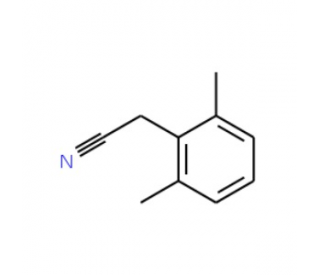詳細(xì)說明
Species Reactivity
Human, Mouse
Specificity
Detects human, mouse, and rat Arginase 1/ARG1 in direct ELISAs and Western blots.
Source
Polyclonal Sheep IgG
Purification
Antigen Affinity-purified
Immunogen
E. coli-derived recombinant human Arginase 1/ARG1
Met1-Lys322
Accession # P05089Formulation
Supplied in a saline solution containing BSA and Sodium Azide.
Label
Phycoerythrin
Applications
Recommended
ConcentrationSample
Intracellular Staining by Flow Cytometry
10 μL/10 6 cells
See below
Please Note: Optimal dilutions should be determined by each laboratory for each application. are available in the Technical Information section on our website.
Data Examples
Intracellular Staining by Flow Cytometry | Detection of Arginase 1/ARG1 in HepG2 Human Cell Line by Flow Cytometry. HepG2 human hepatocellular carcinoma cell line was stained with Sheep Anti-Human/Mouse Arginase 1/ARG1 PE-conjugated Antigen Affinity-purified Polyclonal Antibody (Catalog # IC5868P, filled histogram) or isotype control antibody (Catalog # , open histogram). To facilitate intracellular staining, cells were fixed with Flow Cytometry Fixation Buffer (Catalog # ) and permeabilized with Flow Cytometry Permeabilization/Wash Buffer I (Catalog # ). View our protocol for . |
Intracellular Staining by Flow Cytometry | Detection of Arginase 1/ARG1 in Hepa 1-6 Mouse Cell Line by Flow Cytometry. Hepa 1-6 mouse hepatoma cell line was stained with Sheep Anti-Human/Mouse Arginase 1/ARG1 PE-conjugated Antigen Affinity-purified Polyclonal Antibody (Catalog # IC5868P, filled histogram) or isotype control antibody (Catalog # , open histogram). To facilitate intracellular staining, cells were fixed with Flow Cytometry Fixation Buffer (Catalog # ) and permeabilized with Flow Cytometry Permeabilization/Wash Buffer I (Catalog # ). View our protocol for . |
Preparation and Storage
Shipping
The product is shipped with polar packs. Upon receipt, store it immediately at the temperature recommended below.
Stability & Storage
Protect from light. Do not freeze.
12 months from date of receipt, 2 to 8 °C as supplied.
Background: Arginase 1/ARG1
Arginase 1 (ARG1) is a 35?40 kDa member of the arginase family of enzymes. It is expressed in multiple cell types, including erythrocytes, hepatocytes, neutrophils, smooth muscle and macrophages. ARG1 demonstrates two distinct functions: in the hepatocyte cytoplasm, it catalyzes the conversion of arginine to ornithine and urea, while in multiple cells, it degrades arginine, thus indirectly downregulating NO synthase (NOS) activity by depriving this enzyme of its substrate. Human AGR1 is 322 amino acids (aa) in length. Its enzyme region comprises aa 9?309 and contains two Mn atoms. ARG1 is modestly active as a monomer, but highly active as a 105 kDa homotrimer. Trimerization is promoted by nitrosylation of Cys303, creating a regulatory feedback loop with NOS. There are two isoform variants, one that shows an eight aa insertion after Gln43, and another that shows a deletion of aa 204?289. Full-length human ARG1 shares 87% aa identity with mouse and rat ARG1.
Entrez Gene IDs:
383 (Human)
Alternate Names:
ARG1; Arginase 1; arginase, liver; arginase-1; EC 3.5.3.1; Liver-type arginase; Type I arginase











 粵公網(wǎng)安備44196802000105號(hào)
粵公網(wǎng)安備44196802000105號(hào)